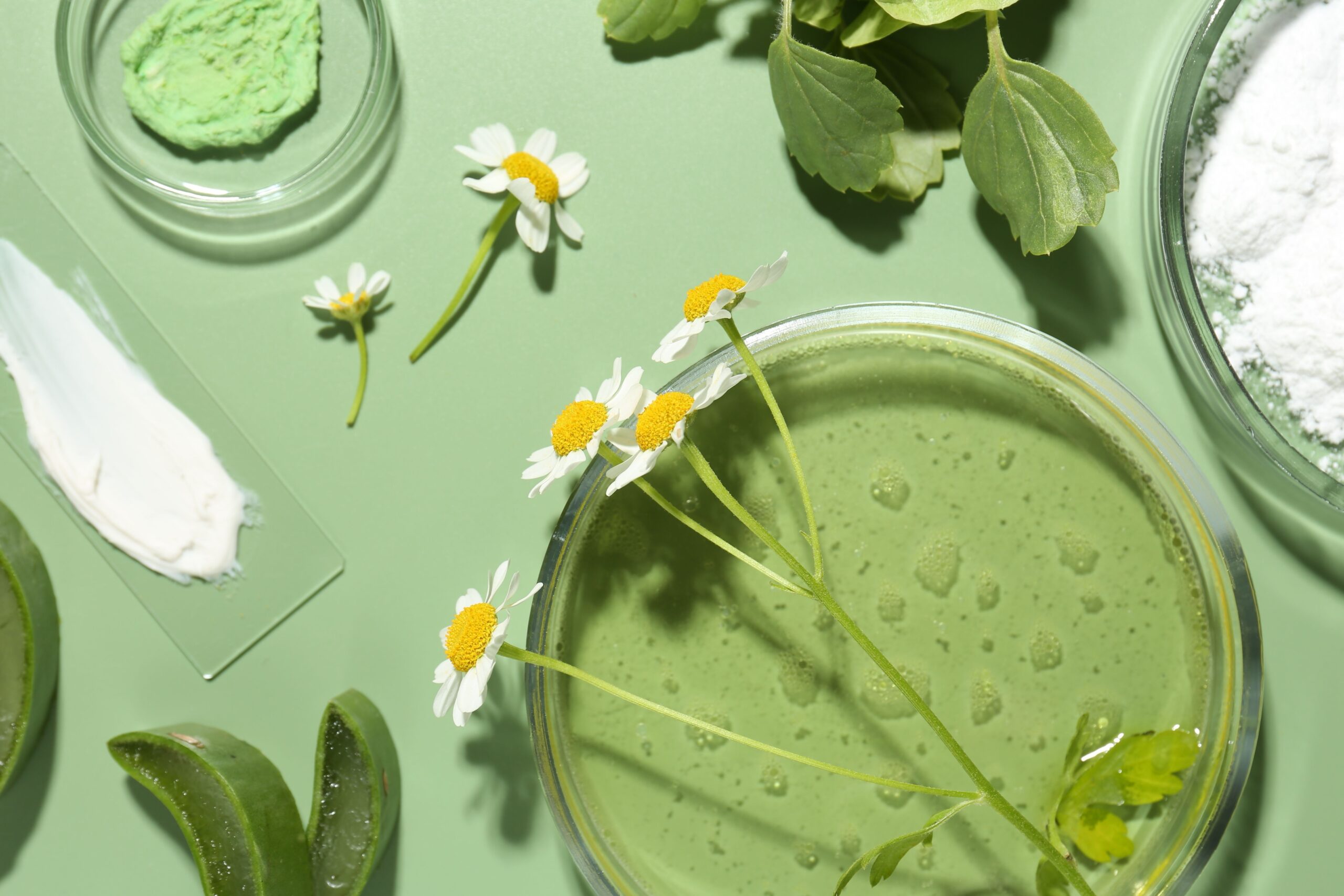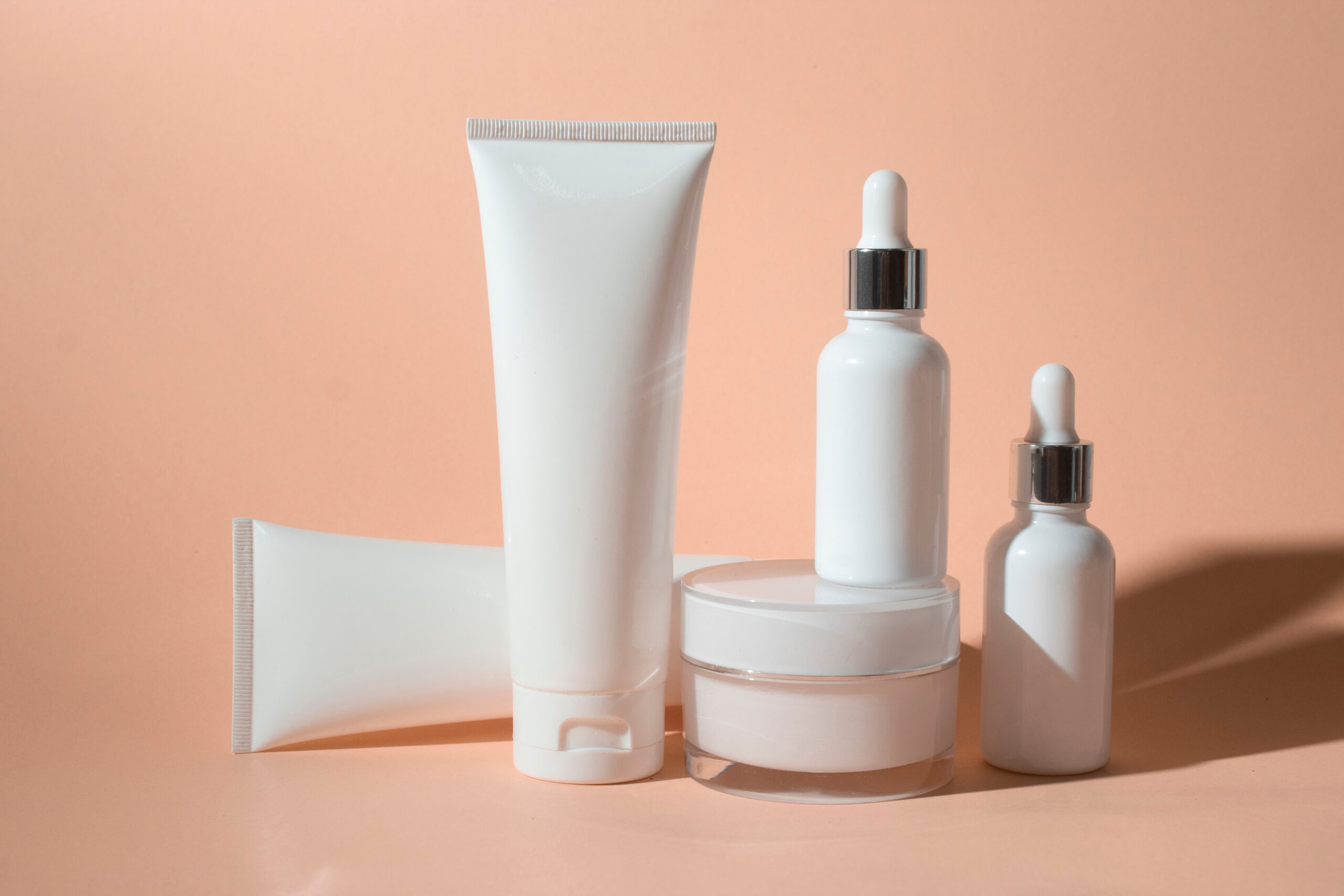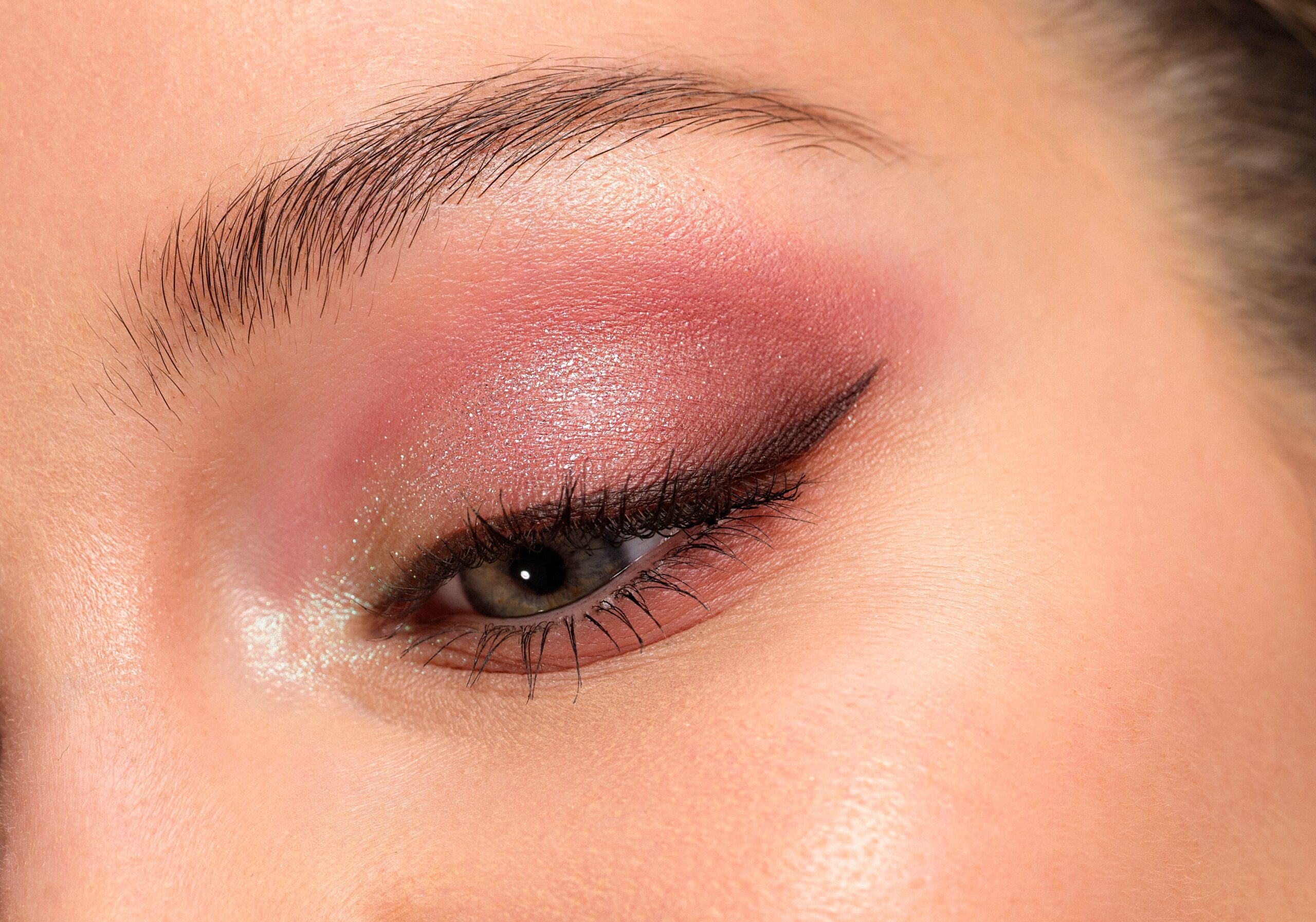
Exfoliation 101: Physical vs Chemical – What’s the Difference?
Exfoliation is one of the best ways to reveal smoother, brighter skin — but not all exfoliators are created equal. If you’ve ever wondered whether you should be scrubbing or swiping, this is your guide. We’ll walk you through the basics of physical vs chemical exfoliation, how they work, who they’re best for, and how to avoid overdoing it (because yes, that’s a thing). Glowy skin, coming right up.
Outline
- Why Exfoliation Matters
- What Is Physical Exfoliation?
- What Is Chemical Exfoliation?
- Physical vs Chemical: Key Differences
- How to Choose the Right Exfoliator for Your Skin Type
- Exfoliation Dos and Don’ts
- Final Thoughts
Why Exfoliation Matters
Your skin naturally sheds dead skin cells — but sometimes, those cells hang around longer than they should. The result?
- Dullness
- Clogged pores
- Flaky patches
- Uneven texture
Exfoliation helps remove that dead layer, revealing smoother, brighter skin underneath and allowing your other products to absorb more effectively.
But exfoliating the wrong way can lead to irritation, sensitivity, and breakouts — which is why it’s so important to know the difference between physical and chemical methods.
What Is Physical Exfoliation?
Physical exfoliation involves manually scrubbing away dead skin cells using a textured substance or tool.
Common physical exfoliators include:
- Scrubs with sugar, salt, or ground nut shells
- Microbead cleansers (less common now, due to environmental concerns)
- Exfoliating brushes or cloths
- Face mitts or sponges
How it works:
You physically “buff” the skin to remove dead cells on the surface.
Best for:
- Normal to oily skin
- Occasional use to smooth rough patches
- Body exfoliation (like legs, arms, and elbows)
Be careful if you have:
- Sensitive or acne-prone skin
- Active breakouts
- Rosacea
Harsh scrubs can cause micro-tears and worsen inflammation.
What Is Chemical Exfoliation?
Chemical exfoliation uses acids or enzymes to dissolve the “glue” that holds dead skin cells together, allowing them to shed naturally.
Common types:
- AHAs (Alpha Hydroxy Acids): Glycolic, lactic, mandelic – best for surface exfoliation and dry/dull skin
- BHAs (Beta Hydroxy Acids): Salicylic acid – oil-soluble, ideal for acne-prone or oily skin
- PHAs (Polyhydroxy Acids): Gluconolactone – gentler option for sensitive skin
How it works:
No scrubbing involved. These acids gently resurface the skin over time and can even help with texture, tone, and fine lines.
Best for:
- Acne-prone skin
- Hyperpigmentation
- Uneven texture
- Ageing concerns
Be careful if you:
- Use retinol or other strong actives
- Have very sensitive or compromised skin
- Don’t wear SPF (because exfoliated skin is more sun-sensitive)
Physical vs Chemical: Key Differences
| Feature | Physical Exfoliation | Chemical Exfoliation |
|---|---|---|
| Method | Manual scrubbing | Dissolves dead skin cells |
| Sensation | Immediate, gritty feel | Often tingles, no scrubbing |
| Results | Instant smoothness | Smoother skin over time |
| Risk of irritation | Higher (if overused or harsh) | Lower (if used properly) |
| Skin types | Normal/oily skin | All types (with right acid) |
| Frequency | 1–2x/week max | Start 2x/week, build slowly |
How to Choose the Right Exfoliator for Your Skin Type
Dry or Dull Skin
- Try a gentle AHA (like lactic acid)
- Avoid harsh scrubs — they can worsen flakiness
Oily or Acne-Prone Skin
- Go for BHA (salicylic acid) to clear pores
- Use gel-based or toner-style formulas
Sensitive Skin
- Opt for PHAs or enzyme exfoliants
- Avoid gritty scrubs or high-strength acids
Mature Skin
- AHAs like glycolic can help with fine lines and texture
- Always pair with a hydrating serum and SPF
Exfoliation Dos and Don’ts
- DO patch test new products
- DO wear sunscreen daily if you exfoliate
- DO start slow — 1–2x per week is enough
- DO follow with a moisturiser to hydrate
- DON’T exfoliate broken or inflamed skin
- DON’T mix strong acids with retinol unless advised
- DON’T scrub too hard — gentle pressure is enough
- DON’T forget your neck and chest (they need love too!)
Final Thoughts
Exfoliation is amazing when done right — it gives you that fresh, post-facial glow and helps the rest of your skincare work better. But too much, too soon? That’s a recipe for redness, peeling, or worse.
✨ Start small. Choose wisely. Listen to your skin.
And remember:
- Physical = scrub
- Chemical = swipe
Both can work — it’s just about finding what works for you.


